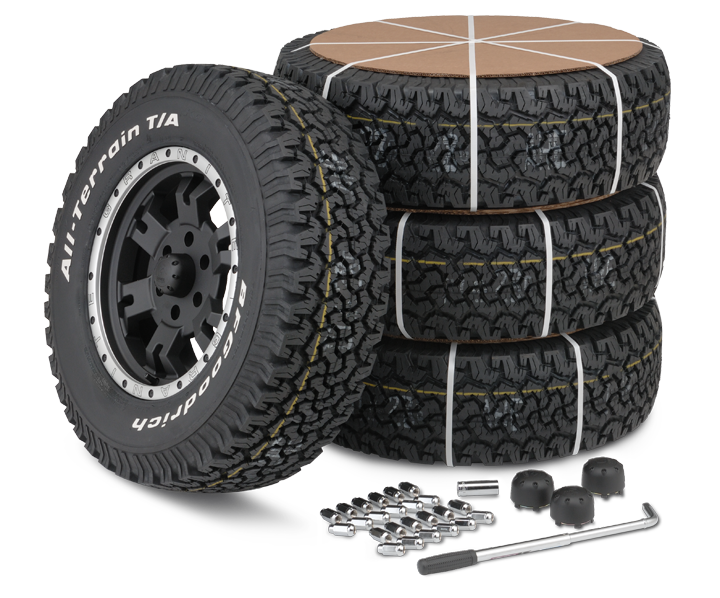Tire Service: The Effect of Climate Condition
When it pertains to making sure optimal efficiency and security when driving, understanding the impact of climate conditions on tire solution is essential. From scorching heat to icy roadways, each weather element can substantially influence tire capability and total driving experience. By diving into the results of differing climate condition on tires, drivers can obtain beneficial insights that might improve their lorry's efficiency and longevity. In this discussion, we will certainly discover the detailed partnership between climate condition and tire service, shedding light on the importance of weather-specific tire upkeep methods and factors to consider.
Heat and Tire Performance
When subjected to high temperature levels, tires experience adjustments in performance that can substantially affect automobile safety and security and handling. The heat generated from prolonged driving or hot weather conditions causes the tire rubber to soften, leading to reduced tread life and raised wear.
Moreover, high temperatures can speed up the process of tire aging, triggering the rubber to wear away quicker. This can cause splits, bulges, and various other types of damage that endanger the architectural stability of the tire. To alleviate the effects of warmth on tire efficiency, drivers should regularly check their tire pressure, revolve tires to make sure also use, and evaluate for any kind of signs of damage. In addition, using tires specifically designed to stand up to heats can help maintain optimal efficiency and safety when driving.
Winter Effects
Cold weather problems can have a considerable effect on tire performance and security. As temperature levels decrease, tire rubber can set, leading to lowered grip on icy or snow-covered roadways. In winter, tires may also lose atmospheric pressure extra quickly, which can influence taking care of and gas performance. Additionally, cool temperature levels can create tire sidewalls to stiffen, raising the risk of damages from holes or various other road hazards.
To alleviate the effects of cold climate on tires, it is essential to regularly check tire pressure and inflate them to the producer's recommended degrees. Using winter or all-season tires developed for cold weather conditions can likewise boost grip and grasp on icy or snowy roadways - discount tires morris il. Proper tire maintenance, consisting of normal evaluations for wear and damages, ends up being also extra essential during colder months to make certain optimum performance and safety and security
Rainy Issues Influence
Tires with worn-out treads are much more prone to hydroplaning, where a layer of water develops up between the roadway and the tire surface area, leading to loss of grip. To combat this, motorists should routinely check their tires for sufficient walk go to my site deepness and consider spending in tires especially created for wet conditions.

Snow and Tire Safety
Snow-covered roads pose one-of-a-kind challenges for vehicle drivers, stressing the relevance of proper tire option and maintenance. When driving in snowy conditions, having the right tires can make a significant distinction in safety and performance. Winter tires are developed with unique rubber compounds and step patterns to provide better traction on snow and ice contrasted to all-season tires. The much deeper treads and sipes of wintertime tires aid grip the road much check my site better, minimizing the threat of sliding and moving.
In addition to utilizing winter tires, it is critical to guarantee they are correctly blown up. Winter can create tire stress to drop, impacting grip and handling (discount tires morris il). On a regular basis inspecting and keeping the appropriate tire stress is crucial for optimum performance in snowy conditions

Weather-Related Tire Upkeep
Weather-related tire upkeep encompasses an array of practices aimed at guaranteeing optimal tire function and durability in different climate circumstances. One crucial element of weather-related tire maintenance is tire pressure policy. Evaluating tire her comment is here tread consistently and changing tires when tread wear gets to a particular deepness is vital for maintaining grip and stability in damaging weather.
Conclusion
Finally, weather have a significant influence on tire performance and safety. From warmth influencing tire pressure and wear to winter minimizing traction, it is vital to think about the weather condition when maintaining and utilizing tires. Stormy conditions can lower grip and lead to hydroplaning, while snow can raise the risk of crashes if tires are not appropriately geared up. Weather-related tire upkeep is crucial in guaranteeing ideal performance and safety when driving.
In this conversation, we will certainly explore the detailed relationship in between weather condition problems and tire service, shedding light on the value of weather-specific tire maintenance methods and considerations.
